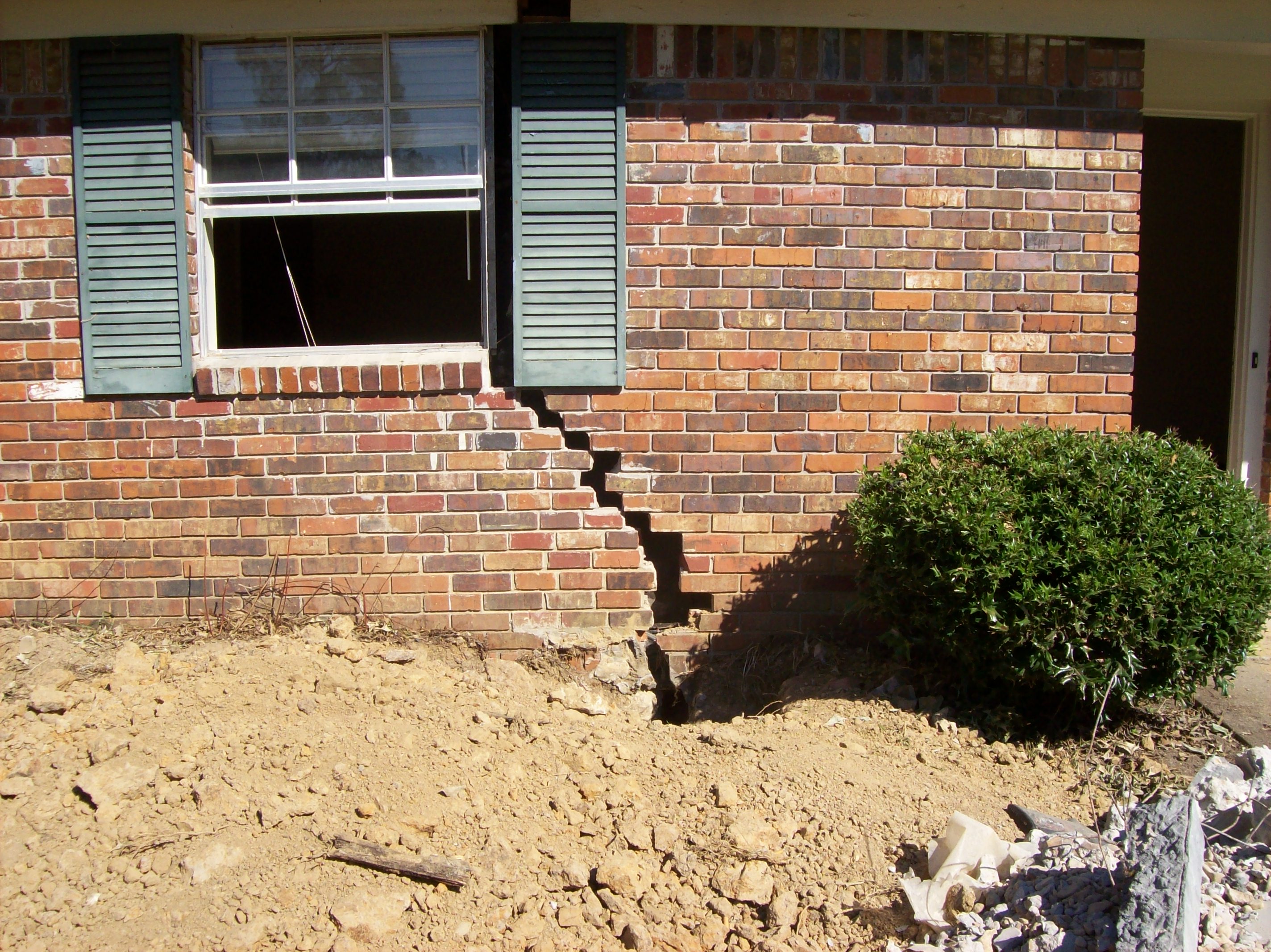Watch: foundation repair from start to finish
Hey there! Today, let's dive into the fascinating world of foundation repair. Whether you're a homeowner or just curious about homes in general, understanding the best methods for fixing foundation issues is crucial. So, let's explore and demystify this topic together!
Foundation Repair: A Closer Look
But first, what exactly is Foundation Repair? Well, it involves addressing problems that may arise in the foundation of a building or home. Unstable soil conditions, moisture-related issues, structural deficiencies, or natural disasters can all contribute to the need for foundation repairs.
If you're wondering how foundation repair looks in action, we found a fantastic video that showcases the process from start to finish. Check it out below!
Watch: Foundation Repair From Start to Finish

Now that you have a visual, let's delve into the best methods for foundation repairs.
Method 1: Foundation Piering
Foundation Piering is one of the most common ways to restore the stability and strength of a damaged foundation. This method involves installing steel or concrete underpinning piers beneath the foundation to provide support. The piers are driven deep into the soil until they reach more stable ground, effectively transferring the weight of the structure onto these piers.
By using this technique, the foundation can be lifted back to its original level, closing any cracks and restoring its structural integrity. It's a highly effective method that has been used for many years.
Method 2: Slabjacking
If you have a concrete slab foundation, another popular repair method is Slabjacking. This process involves injecting a specialized grout mixture beneath the concrete slab, which lifts and levels the foundation. Once the slab is back in its proper position, any voids or hollow spaces are filled, providing a stable base for the structure above.
This technique is particularly useful for addressing uneven settlement issues, where one part of the slab sinks lower than the rest. Slabjacking can restore the uniform surface of the slab, eliminate tripping hazards, and prevent further damage.
Method 3: Carbon Fiber Reinforcement
Carbon fiber reinforcement is a relatively new method that has gained popularity in recent years. It involves using high-strength carbon fiber sheets or strips to reinforce and stabilize walls and foundations. This technique is particularly useful for repairing cracked or bowing walls.
The carbon fiber strips are applied to the affected areas and then bonded with a specialized epoxy resin. Once cured, the carbon fiber becomes incredibly strong, providing additional support to prevent further movement or cracking.
One of the major advantages of carbon fiber reinforcement is its non-intrusive nature. Unlike other methods that require excavation or heavy equipment, carbon fiber repairs can often be completed without major disruptions to your daily life.
Method 4: Helical Piers
Helical piers are another popular choice for foundation repairs, especially in areas with challenging soil conditions. They resemble large screws and are screwed deep into the ground until they reach load-bearing soil. The piers help transfer the weight of the structure onto more stable ground, effectively preventing further settlement or sinking.
Helical piers are versatile and can be used for a variety of structures, including homes, commercial buildings, and even bridges. They can be installed both externally and internally, depending on the specific needs of the repair.
If you're still curious about foundation repairs, or perhaps you're wondering which method will work best for your home, we've included another image below:
What is the Best Foundation Repair Method for My Home?

Remember, if you're experiencing foundation issues, it's always best to consult with a professional foundation repair specialist. They will be able to assess your unique situation and recommend the most suitable repair method.
As we wrap up our exploration of foundation repairs, we hope you've gained a deeper understanding of this important aspect of maintaining the structural integrity of your home. Remember, regular inspections and timely repairs are key to preventing more significant and costly issues down the line.
So, whether you're a homeowner or simply interested in the fascinating world of construction, keep exploring and learning. Your home will thank you!